
Doctor reveals disturbing reason she "threw away her air fryer" after explaining major risks
Dr. Poonam Desai’s warning about air fryers and her advice on milk consumption have sparked significant debate in the health community.
The liver is one of the most vital organs in the human body. It performs over 500 crucial functions every day, acting as the body's personal detox center, energy storage facility, and chemical processing plant all rolled into one. From filtering toxins to producing proteins that help blood clot, your liver works tirelessly to keep you healthy. But when you consume alcohol, it takes center stage, processing this toxic substance and putting in overtime to clear it from your system.
While the liver is capable of handling alcohol in moderation, excessive or chronic drinking can lead to significant damage. Over time, the liver’s ability to repair itself can be compromised, leading to more severe health issues. If you’ve been concerned about the effects of alcohol on your liver or are wondering how long it takes for the liver to recover after stopping drinking, you’re not alone.
In this article, we’ll explore the recovery timeline of your liver after drinking, detailing the stages of healing, the factors that influence recovery speed, and practical steps you can take to support your liver’s health. Whether you’ve just quit drinking or are considering cutting back, this guide will give you the knowledge you need to understand your liver’s healing process.

Your Liver: A Powerhouse of Functions
Before diving into the recovery process, it’s essential to understand just how crucial the liver is to overall health. The liver is responsible for many key functions, including:
Given the liver’s extensive responsibilities, it’s clear why taking care of it is vital for your overall well-being. Unfortunately, alcohol is one of the substances that can put a heavy strain on the liver. When you drink, the liver focuses all its attention on processing and breaking down the alcohol, often neglecting other critical functions.
The First 24 Hours: Relief Begins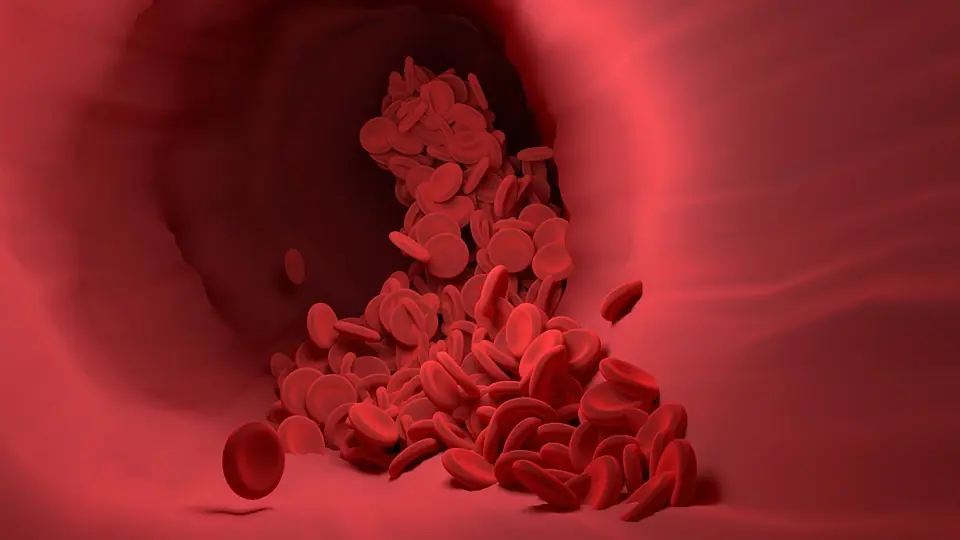
Once you stop drinking, your liver begins its first steps toward healing almost immediately. Within 24 hours of your last drink, the liver starts to shift from a state of constant detoxification to its regular functions. Here’s what happens in the first day:
What Happens in the First 24 Hours?
During this period, you may not feel much different, but inside your body, the healing process is well underway.
Day 7: The System Reboot
After seven days alcohol-free, you’ll begin to notice significant changes. Your liver, no longer burdened by alcohol processing, is well on its way to recovering. Here's what typically happens by day seven:
Key Changes After One Week
Overall, the first week marks a noticeable shift from the negative effects of alcohol consumption to the body’s natural recovery process.
Day 14: Fatty Deposits Start to Clear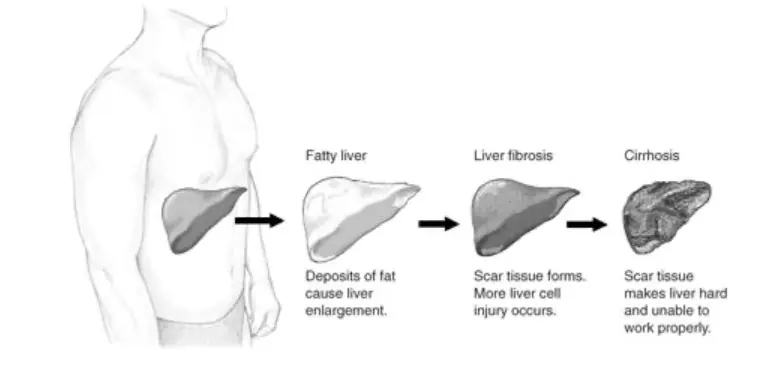
By two weeks alcohol-free, your liver will begin to undergo more significant changes. If you had been suffering from alcoholic fatty liver disease (the most common alcohol-related liver condition), you’ll likely see early signs of improvement.
Key Changes After Two Weeks
This two-week milestone is a clear indication that the liver is making significant progress in its recovery.
One Month: A Major Victory
After 30 days without alcohol, your liver will have experienced a major overhaul. For those who had an enlarged liver due to alcohol consumption, the swelling will likely have decreased significantly by this point.
Key Changes After One Month
At this point, you may start to feel like a completely new person, with energy levels stabilizing and mental clarity returning. A month without alcohol marks a crucial victory in your liver's recovery journey.
90 Days: Full Recovery in Progress
By the three-month mark, your liver has undergone a major transformation. The inflammation has drastically reduced, and the liver’s cells are undergoing full repair. Many people describe this period as a “health makeover” because they feel revitalized in numerous ways.
Key Changes After 90 Days
At three months, the liver is almost fully healed, with remarkable improvements in both physical and mental well-being.
Six Months to One Year: The Long-Term Recovery Phase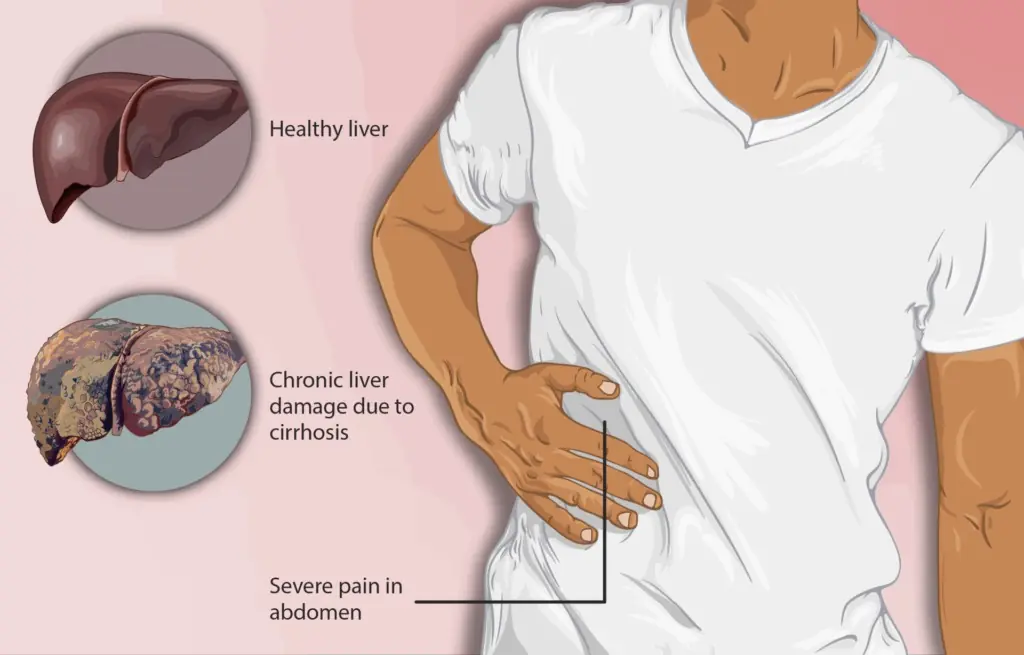
While dramatic improvements slow after the three-month mark, the liver continues its healing process. Over the course of the next six months to a year, the organ carefully repairs itself.
Key Changes in Long-Term Recovery
This extended recovery phase emphasizes the importance of sobriety. Even after the most noticeable physical improvements, the liver continues to rebuild and regenerate at a slower pace.
Factors That Affect Liver Recovery Speed
Not everyone’s liver heals at the same rate. Several factors influence the timeline for recovery:
How to Support Liver Health During the Recovery Process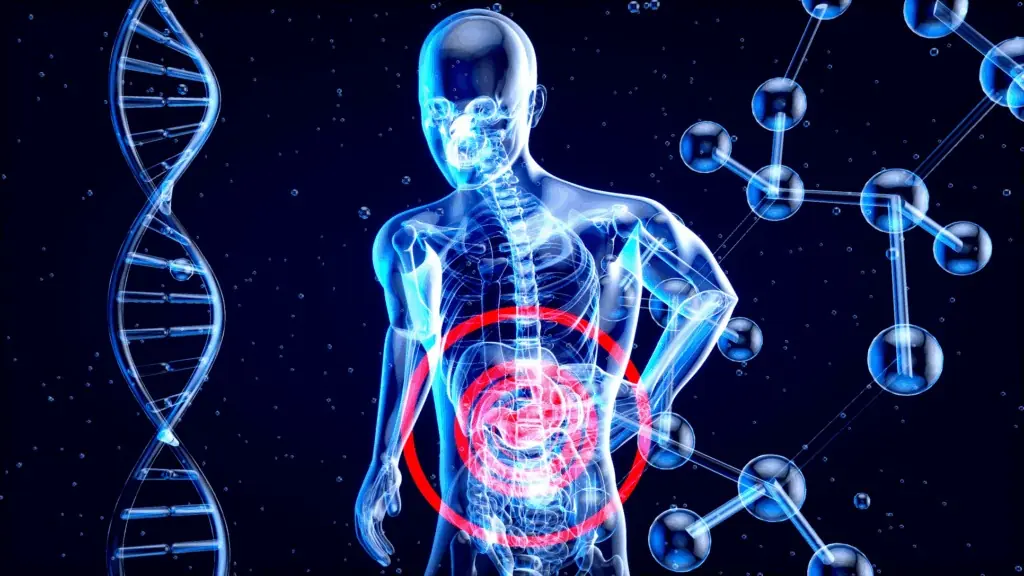
While your liver works tirelessly to heal, there are steps you can take to support its recovery:

Conclusion: The Liver’s Remarkable Recovery Ability
The liver is an incredible organ with the ability to heal itself when given the proper care and time. The healing process begins almost immediately after you stop drinking, with visible improvements occurring over weeks and months. By three months, most people experience significant improvements in energy, mental clarity, and overall health.
However, recovery continues for months, and the liver requires consistent support and care to achieve full healing. By adopting healthy habits and staying committed to sobriety, you can ensure that your liver recovers fully and functions at its best.

Dr. Poonam Desai’s warning about air fryers and her advice on milk consumption have sparked significant debate in the health community.
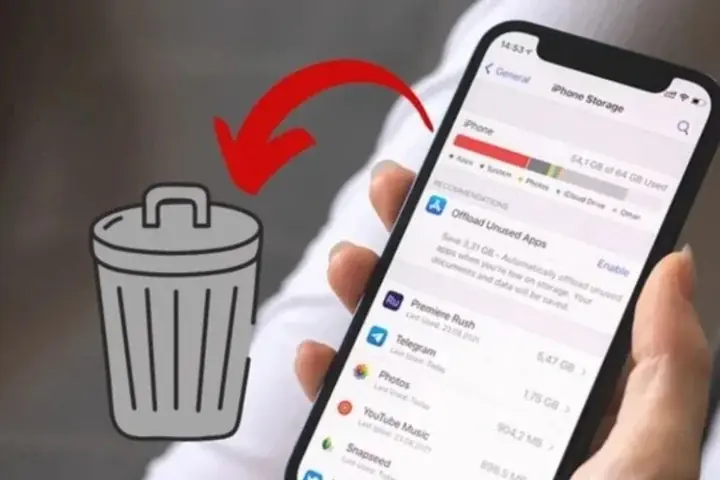
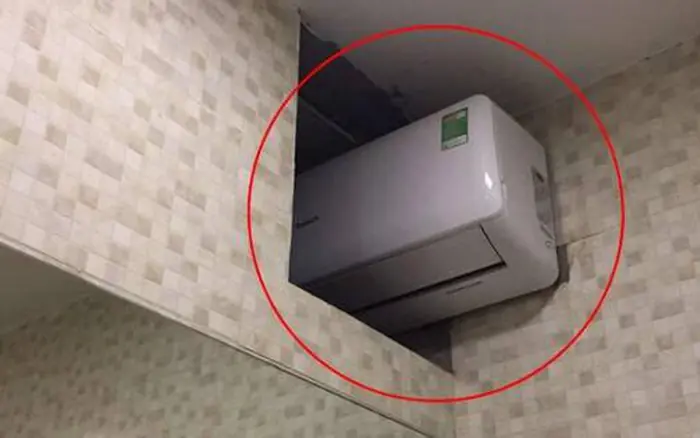

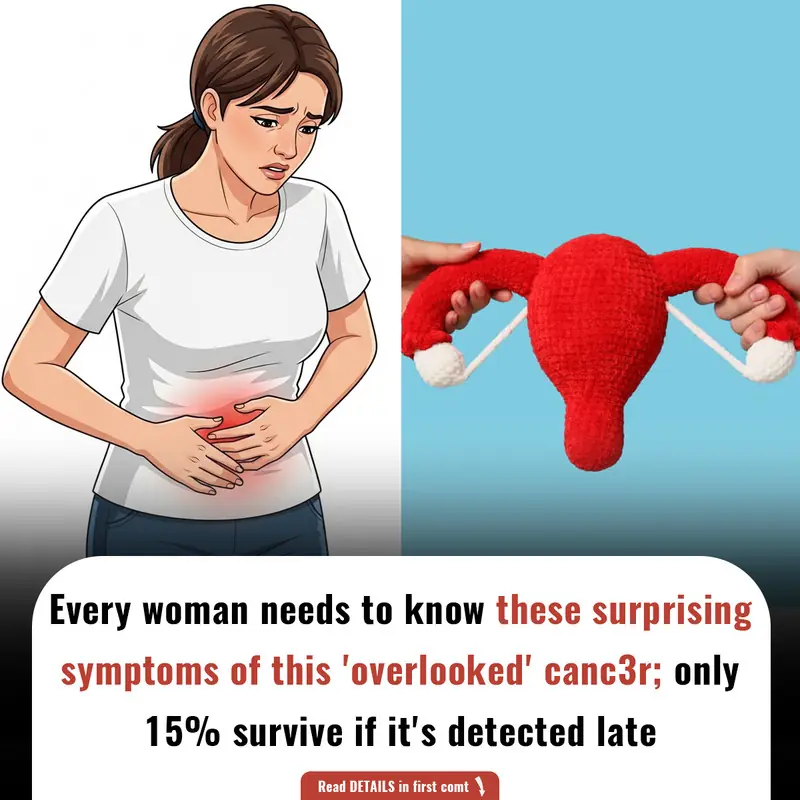

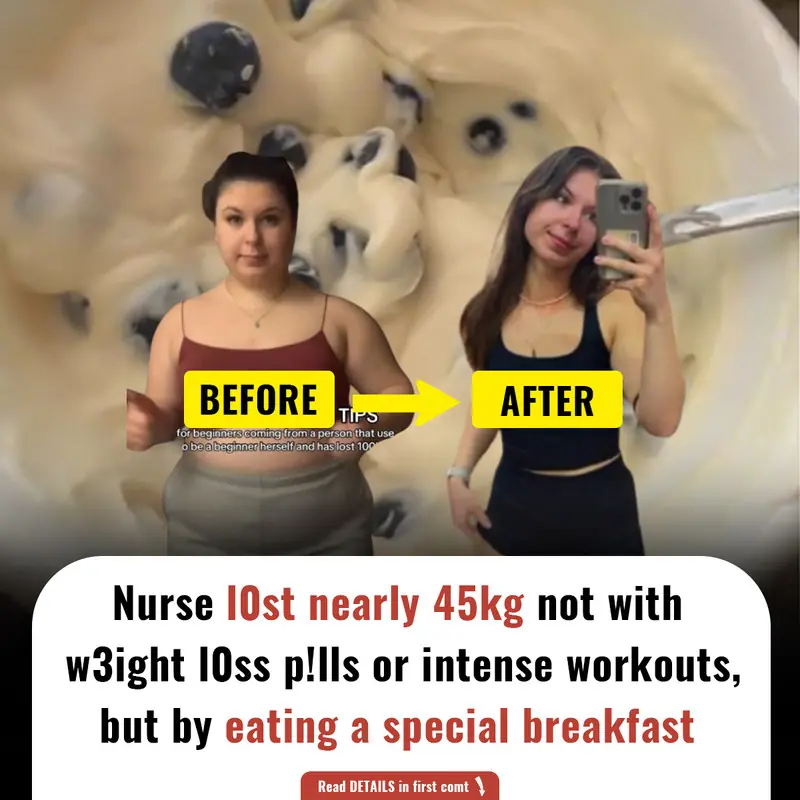
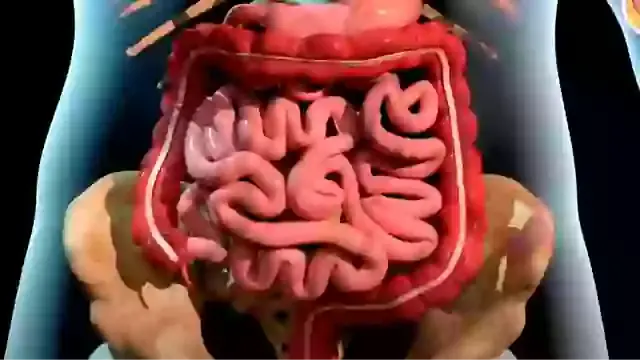
Explore how c@ncer causes de@th through a detailed simulation. Learn about the stages of c@ncer progression, including organ failure, infection, cachexia, and more. A sh0cking look at the realities of c@ncer's impact on the body.
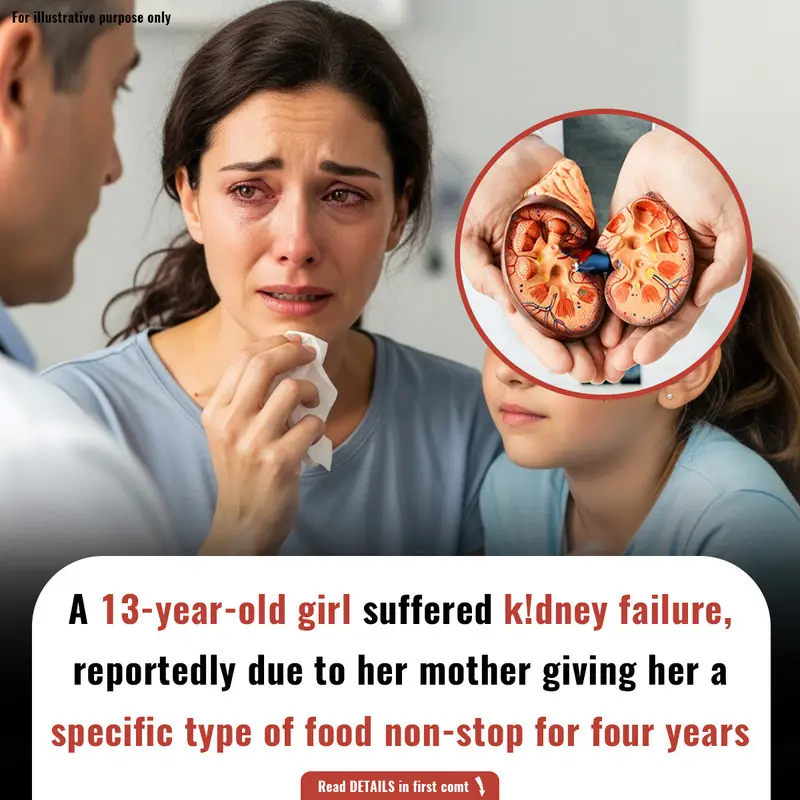

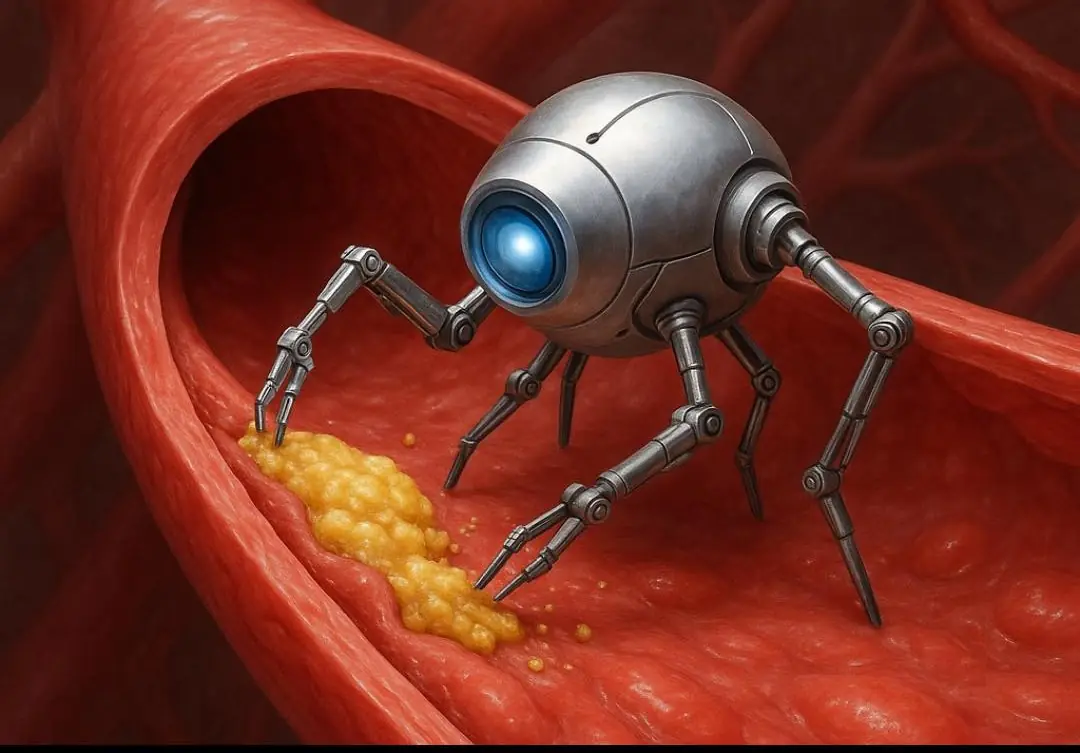
Discover how a new tiny machine is changing the way cholesterol is removed from bl00d vessels. This minimally invasive technology could reduce the need for surgery and offer a safer, more effective solution for cardiovascular health.

Explore how different generations, from Millennials to Gen Z, use emojis to communicate and express emotions. Learn how these symbols have evolved into a unique language and what experts say about their growing importance in communication.

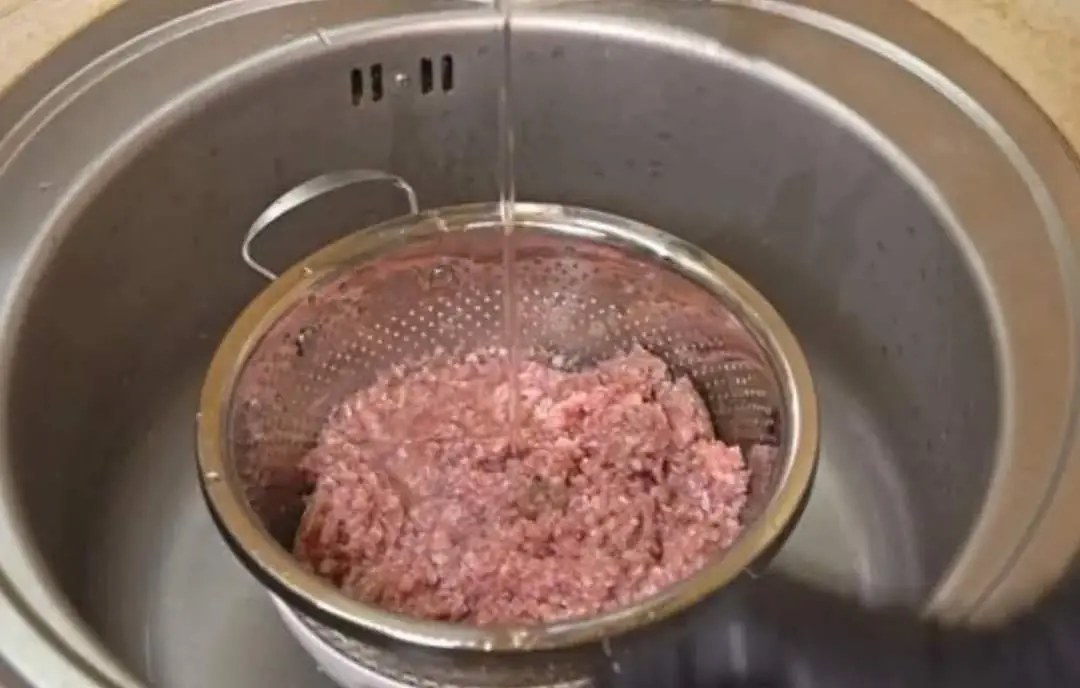
Discover the truth behind rinsing ground beef before or after cooking. Experts weigh in on food safety, potential risks, and the best practices for preparing ground beef safely.

Learn about the 17 warning signs of c@ncer, from abnormal periods to unexplained weight loss. Discover how early detection through screenings and being aware of changes in your body can help you fight cancer effectively.

Discover the seven life-changing rules followed by 102-year-old nutrition professor Dr. John Scharffenberg. Learn how to live longer and healthier with these simple but scientifically-backed habits.



Researchers in Australia have taken a major step forward in the search for a cure for HIV, developing a groundbreaking treatment that forces hidden fragments of the virus to expose themselves, enabling the immune system to target and eliminate these viral

These natural ingredients have been used for centuries due to their gentle yet effective properties, which make them suitable for all skin types, even sensitive or acne-prone skin.

Dr. Poonam Desai’s warning about air fryers and her advice on milk consumption have sparked significant debate in the health community.
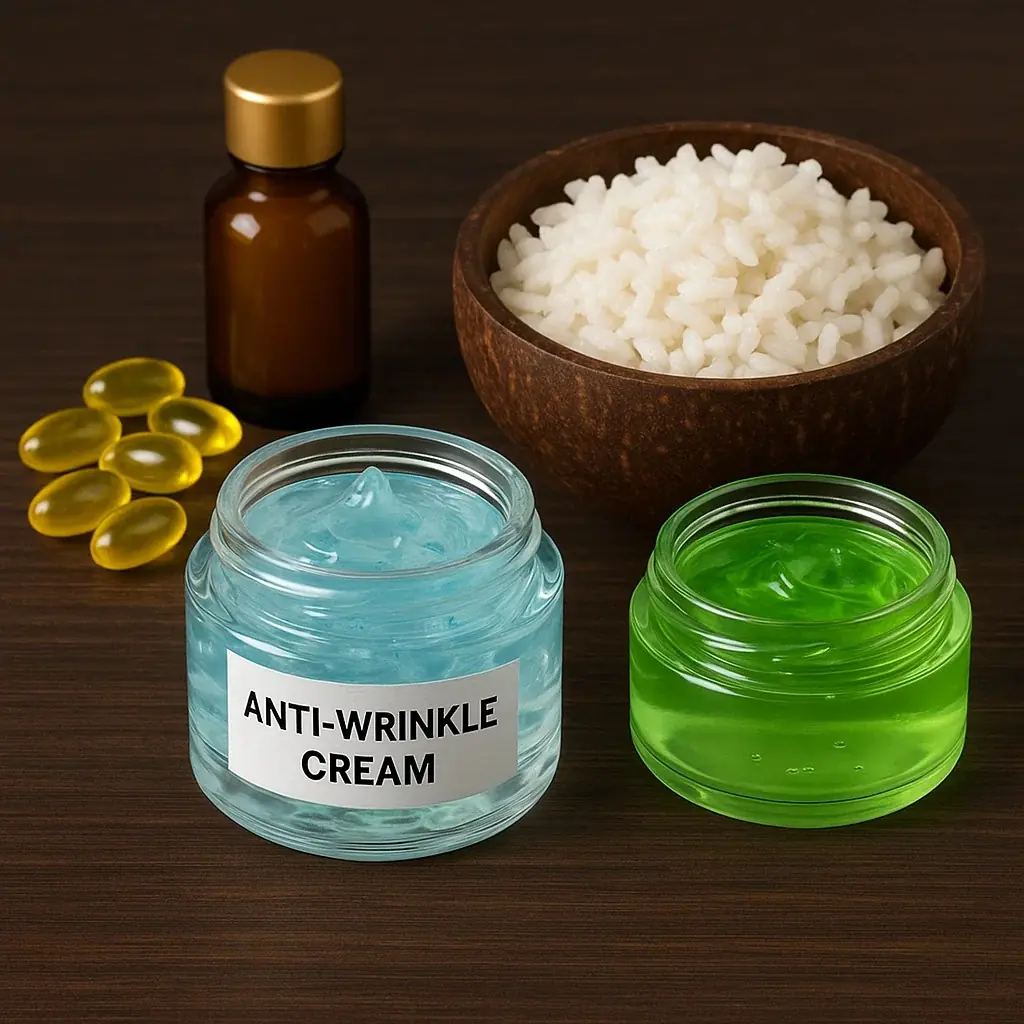
With regular use, this DIY cream can improve skin texture, reduce the appearance of wrinkles, and restore a youthful glow.




These 10 DIY potato and rice-based face masks offer a natural, cost-effective solution for reducing the signs of aging.

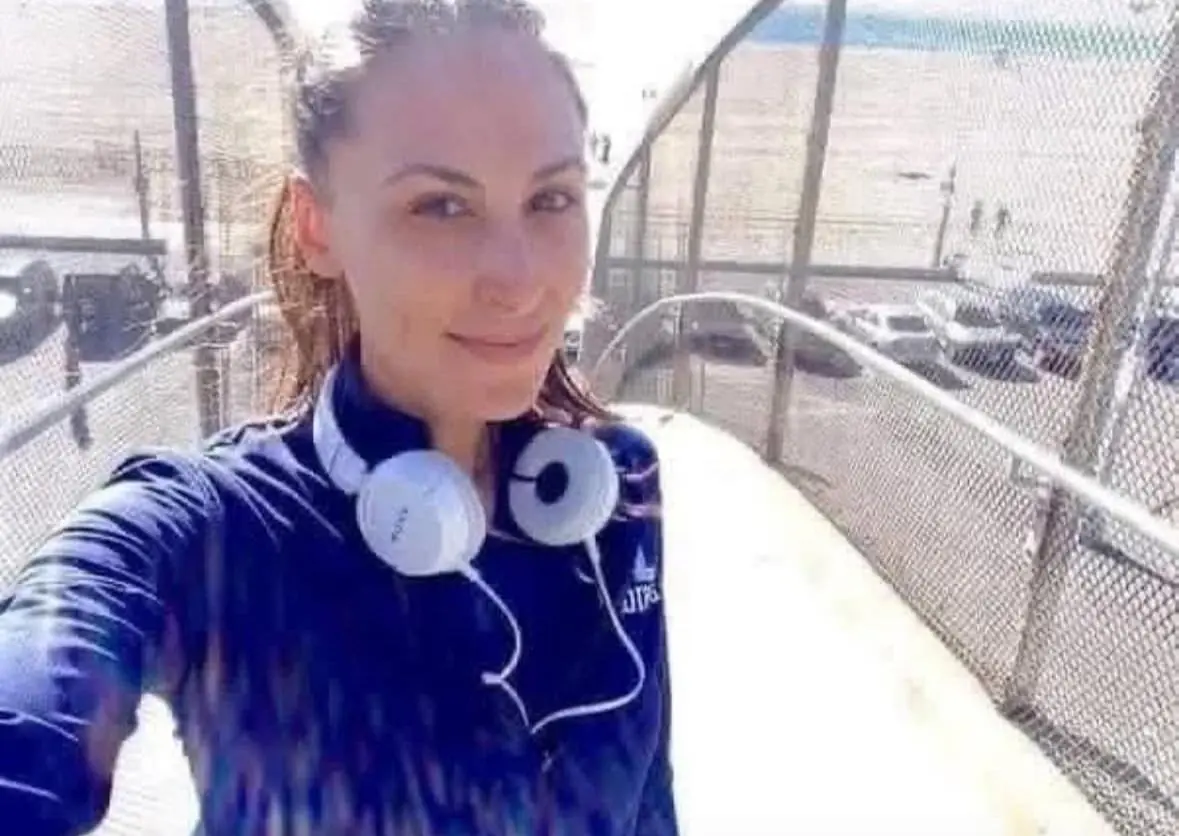
A heartwarming story of a young boy who stood up against an older man’s hara$$ment, teaching us all about bravery, kindness, and standing up for others. A true act of courage in a world that needs more heroes.



Explore how c@ncer causes de@th through a detailed simulation. Learn about the stages of c@ncer progression, including organ failure, infection, cachexia, and more. A sh0cking look at the realities of c@ncer's impact on the body.



Discover how a new tiny machine is changing the way cholesterol is removed from bl00d vessels. This minimally invasive technology could reduce the need for surgery and offer a safer, more effective solution for cardiovascular health.

By incorporating these milk face mask recipes into your skincare routine, you can achieve a glowing, youthful complexion without the need for expensive products or harsh chemicals.

A story of a woman’s clever, unexpected revenge after her husband’s betrayal. How a simple act turned the tables, leaving his new life in ruins. A mix of humor, cunning, and a touch of justice.

A stranger pays for a woman’s birthday yogurt, sparking joy and gratitude. Read this heartwarming story! ❤️🍦
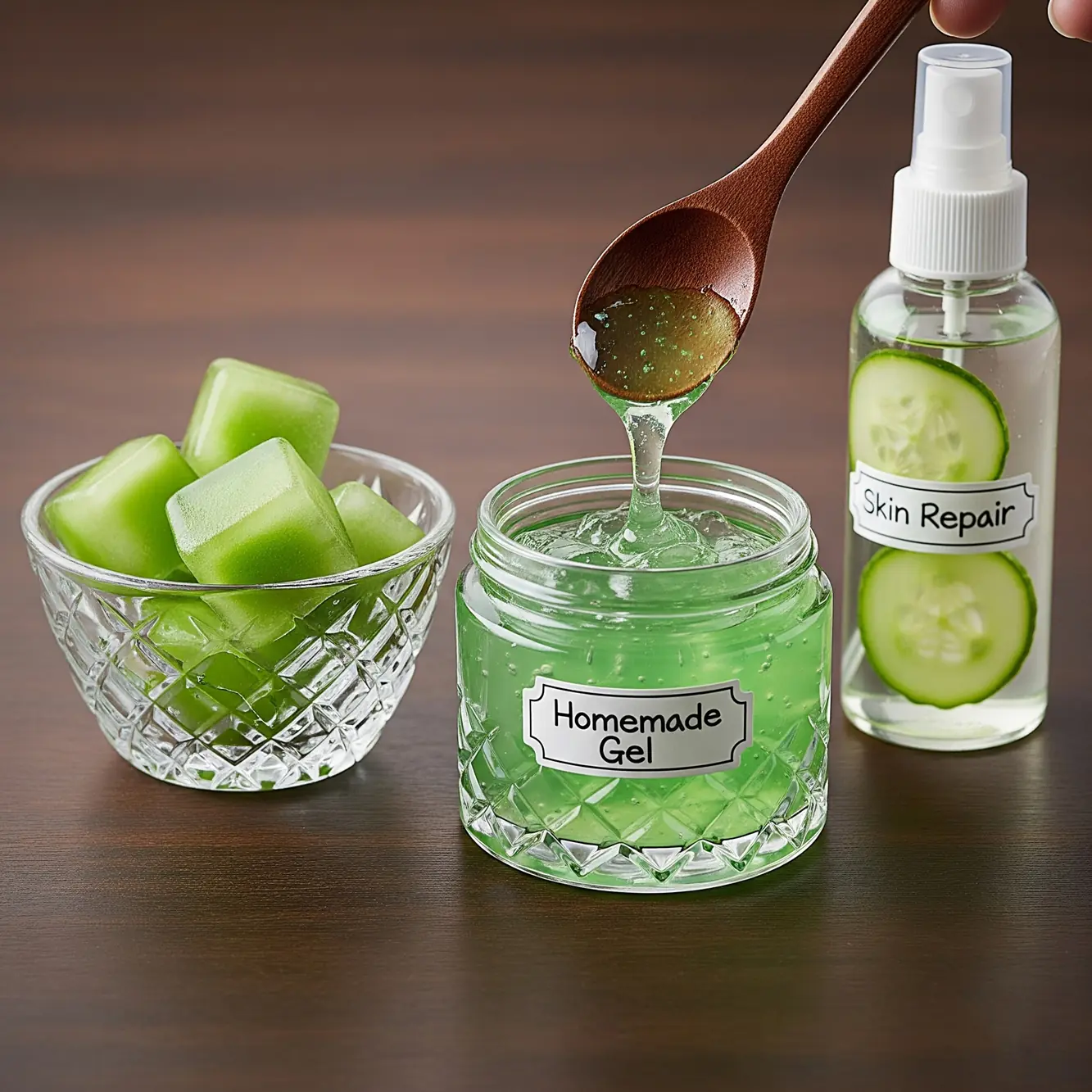
By incorporating these simple, DIY cucumber-based recipes into your daily routine, you can achieve glowing, youthful skin without the need for harsh chemicals.